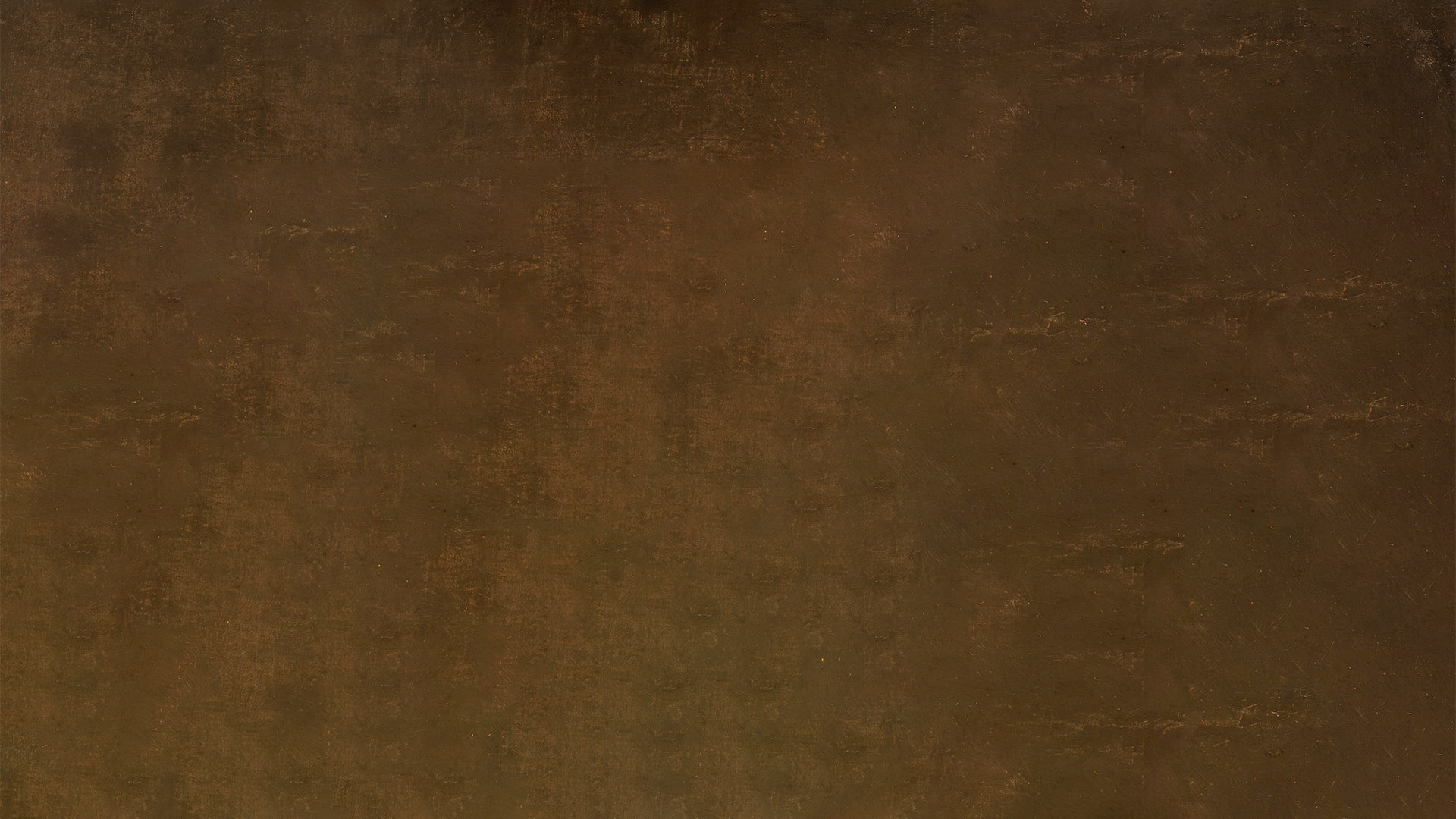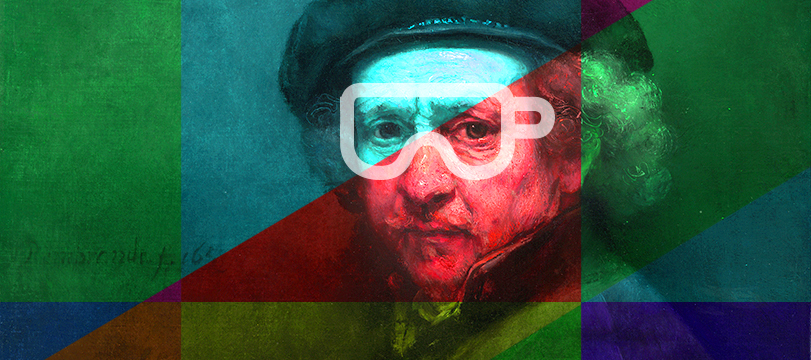
01:49 -
© EYESEEmag - Rembrandt 3D
Long before 3D glasses came into existence, 17th century Dutch artist Rembrandt managed to add a third dimension to his paintings. How was he able to achieve something we have only managed to master in recent history? EYESEEmag explores further.
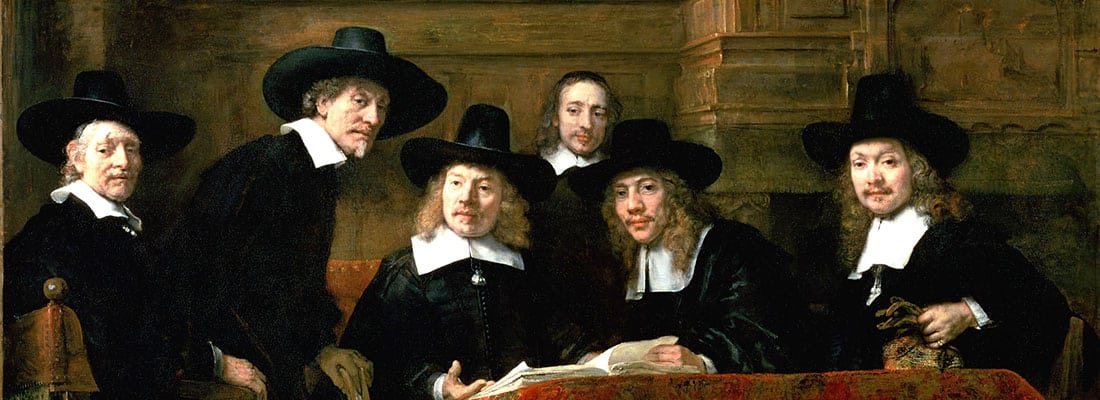
© Le Syndic de la guilde des drapiers (1662)
Talented painters use several techniques to give the illusion of a third dimension to their 2D canvases. Playing with perspective allows the artist to depict depth and space, thus creating a life-like recreation of a scene. Accurately depicting volumes, highlighting various aspects of the background and playing with light and shadows can all help bring a real-life feeling to paintings.
But further than that, Rembrandt sought to bring a true third dimension to his work. The technique of ‘impasto’ – a Italian term which loosely translates to ‘to paste’ in English – consists of applying layers of paint thick enough toholdbrush or paint-knife strokeswhen dry, therefore creating texture. These areas of embossing allowed Rembrandt to add an additional dimension to certain areas of his paintings, giving them a true 3D aspect. Though one of the first to use this technique in his art, two centuries later, Van Gogh became the artist most known for the use of impasto.

© Bethsabée au bain tenant la lettre de David (1654)
In 2019, French and Dutch researchers discovered some of Rembrandt’s paintings had traces of plumbonacrite, a lead-based compound used to thicken paint and create a paste-like texture. What was surprising to scientists and researchers is that this technique was not seen again until works from the 20th century onwards. The Dutch artist hadin fact concocted his own mixture to add texture and dimension to his work.
Throughout the course of his career, Rembrandt – well ahead of the selfie society of today – painted over a hundred self portraits. Margaret Livingstone, an expert in neurobiology at Harvard Medical School, studied many of these portraits and came to the conclusion that Rembrandt likely suffered from a lazy left eye. As a result, the artist’s perception of depth was lessened which actually lead to him being able to better depict three-dimensional scenes on canvas.
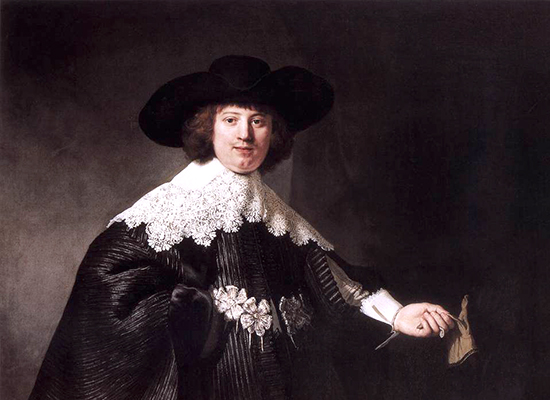
Marten Soolmans 3D portrait

Self-Portrait
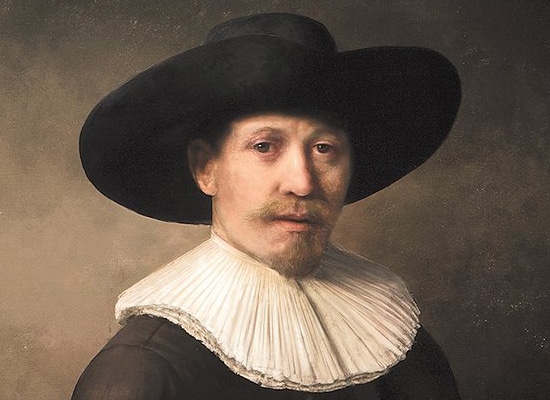
The next Rembrandt
347 years after his death, thanks to the use of artificial intelligence and 3D printing, we have been able to produce ‘The Next Rembrandt’. Over 300 Rembrandt paintings were studied by a deep-learning algorithm and 3D scanners before being printed using a 3D printer. The result? A painting that perfectly mimics the style and techniques used by the artist. Is it better than the real thing? The jury is out, but the likeness is uncanny.
